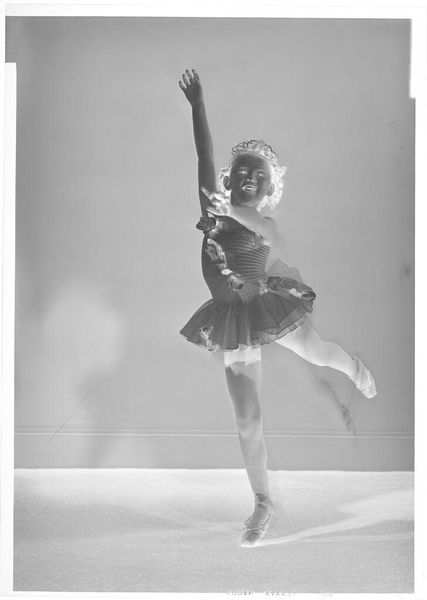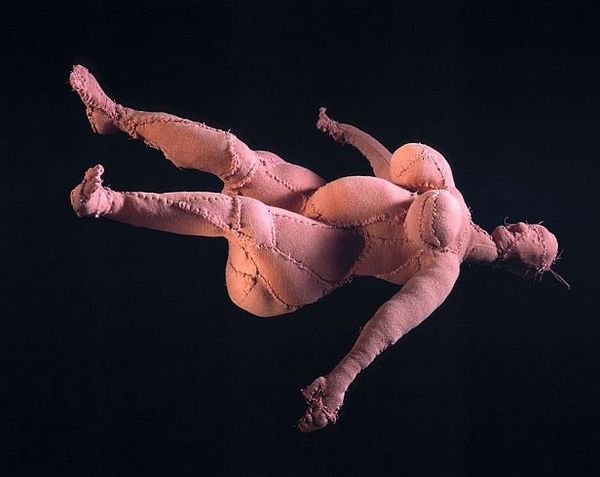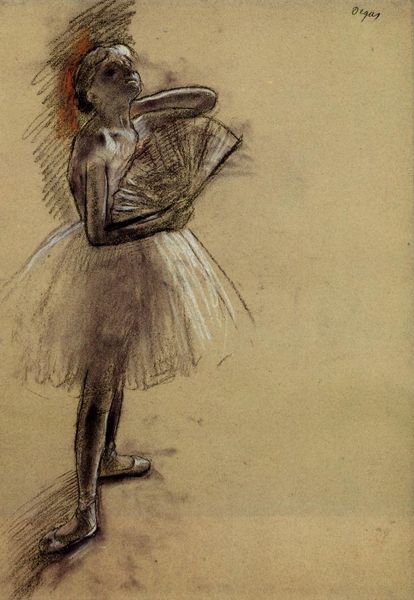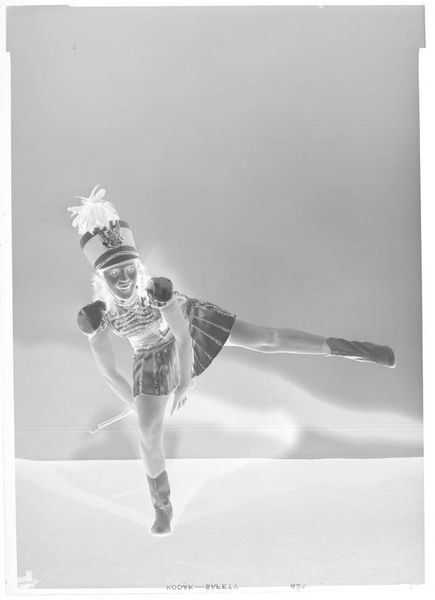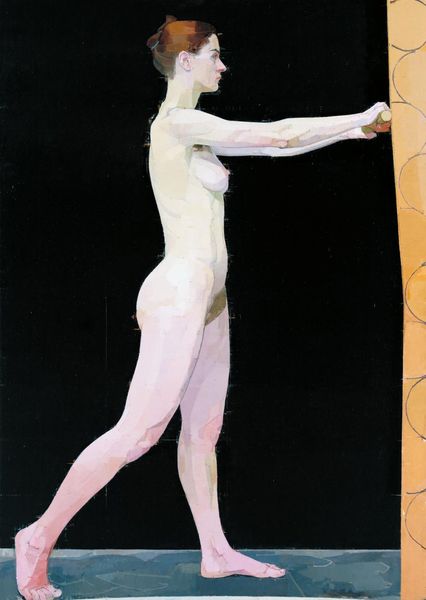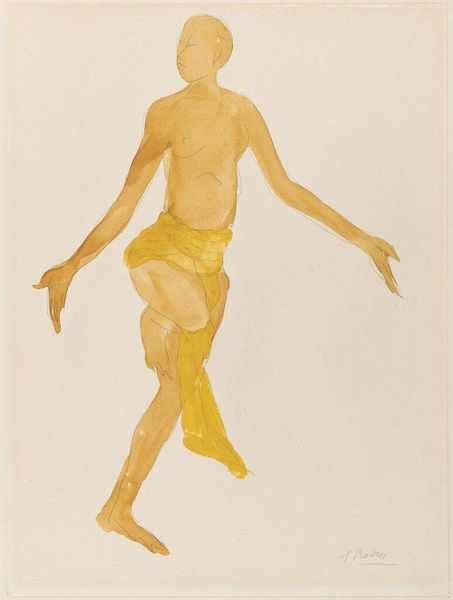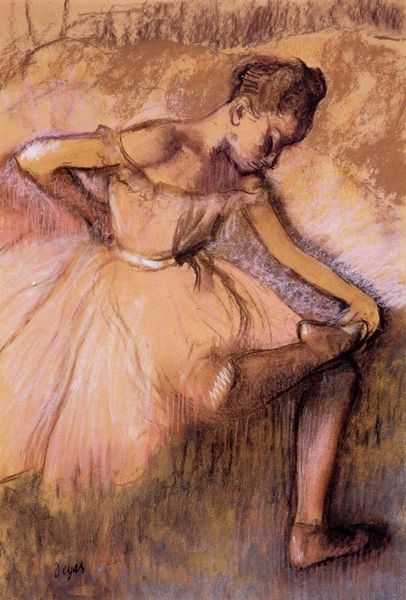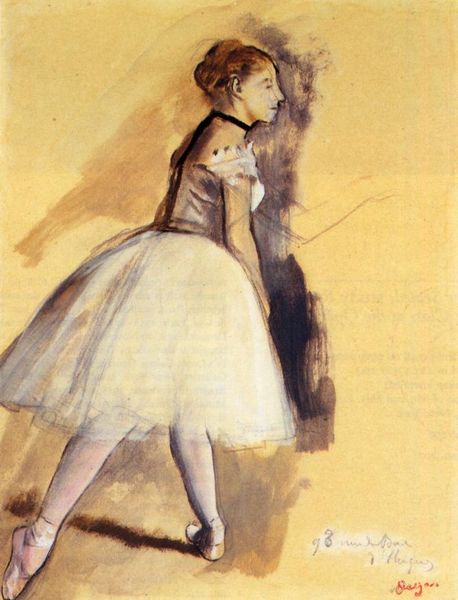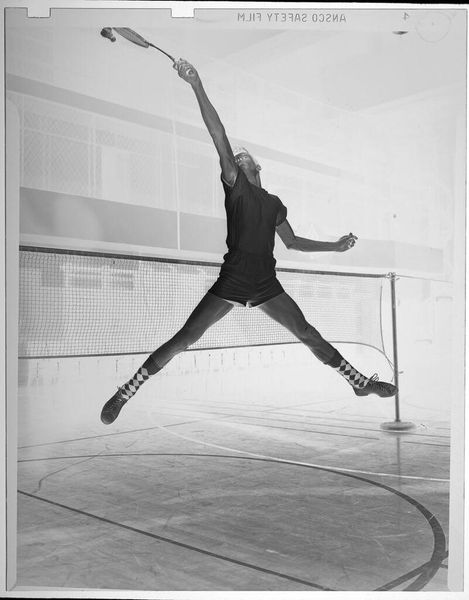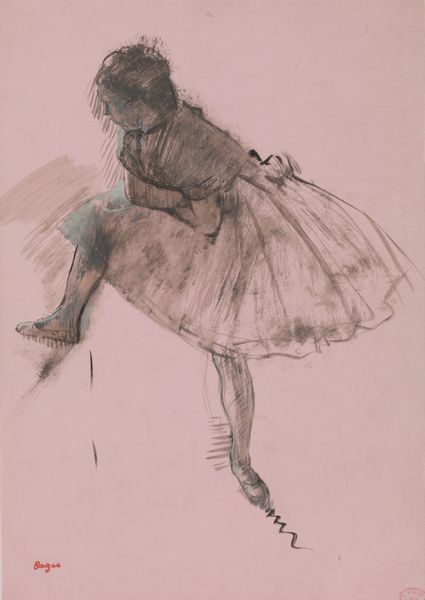
drawing, pencil
#
portrait
#
drawing
#
pencil sketch
#
figuration
#
pencil drawing
#
pencil
#
portrait drawing
Dimensions: 86.4 x 70 cm
Copyright: Jamie Wyeth,Fair Use
Editor: Here we have Jamie Wyeth's "Rudolf Nureyev," a pencil drawing from 1978. There's a vulnerability in Nureyev's expression, and I'm struck by how Wyeth captured him mid-leap, almost frozen in time. How do you interpret this work, considering Nureyev's personal history? Curator: It’s more than just a portrait; it's a potent depiction of identity, resistance, and the body in motion. Nureyev's defection from the Soviet Union wasn’t just a personal choice; it was a profound political statement. Does this resonate with your reading of his expression here? Editor: Absolutely, that vulnerability I noticed seems to suggest the weight of that decision. Do you see Wyeth commenting on the cost of freedom, perhaps? Curator: Precisely! The drawing style itself contributes – the sketchiness, the incompleteness – suggests a man constantly in transit, a life lived on the edge. And the second, less defined head hints at duality, the split identity of a man caught between worlds. It reflects broader questions of artistic expression under political oppression, doesn't it? Editor: That makes me see the work so differently. It's not just a portrait, it’s a symbol. Curator: Exactly! It provokes discussion about what it means to be a global artist, and what sacrifices they often have to make. Understanding these interwoven layers is key. Editor: I hadn't considered those deeper implications initially, focusing more on the surface representation. This was a valuable lesson. Curator: Indeed. The artwork opens a dialogue about the intersectionality of art, politics, and the individual. I'm glad we had this opportunity to learn from it together.
Comments
No comments
Be the first to comment and join the conversation on the ultimate creative platform.
